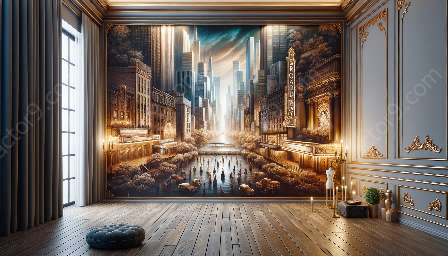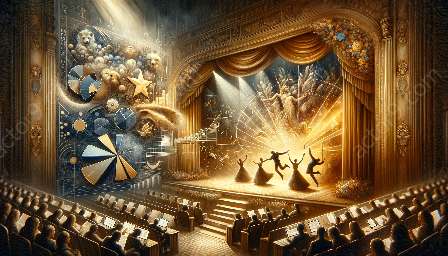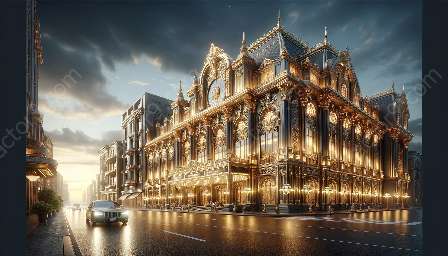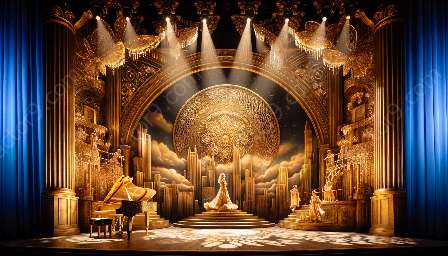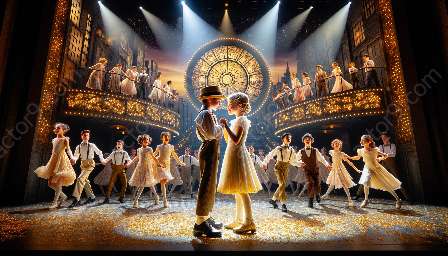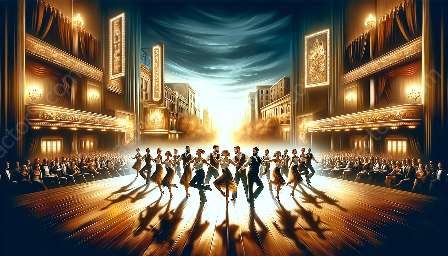Immersive set design in the context of Broadway and musical theater involves the creation of environments that deeply engage the audience's cognition and emotions. This topic cluster explores the fascinating intersection of cognitive and environmental psychology within this realm, shedding light on how the design of physical environments influences human perception, emotions, and behavior.
The Role of Set Design in Broadway and Musical Theater
Set design is a crucial aspect of theatrical productions, especially in the context of Broadway and musical theater. It encompasses the creation of physical spaces and environments that serve as the backdrop for the unfolding narrative and performance. In recent years, there has been a growing trend towards immersive set design, where the physical environment is crafted to envelop the audience and transport them into the world of the production.
Understanding Cognitive Psychology
Cognitive psychology focuses on the study of mental processes such as perception, attention, memory, and decision-making. In the context of immersive set design, cognitive psychology provides valuable insights into how individuals perceive and interact with their environment. Factors such as visual perception, spatial reasoning, and attentional control play a significant role in shaping the audience's experience within a set design.
Exploring Environmental Psychology
Environmental psychology examines the interplay between individuals and their physical environments, emphasizing the impact of built spaces on behavior and well-being. Immersive set design draws upon principles of environmental psychology to create atmospheres that evoke specific emotional responses and facilitate narrative immersion. Factors such as sensory stimuli, spatial layout, and environmental cues are carefully manipulated to enhance the audience's psychological engagement.
The Immersive Experience: A Case Study
Delving into a specific example of immersive set design within a Broadway or musical theater production, we can analyze the deliberate use of environmental and cognitive psychology principles. The integration of multisensory elements, dynamic spatial arrangements, and attention-directing techniques can be observed in real-world applications, showcasing the seamless blend of psychological insights with creative expression.
Implications for Audience Engagement
The intersection of cognitive and environmental psychology in immersive set design yields profound implications for audience engagement. By understanding how the design of the environment can influence cognitive processes and emotional responses, set designers and theatrical producers can tailor their creations to elicit specific reactions and enhance the overall impact of the performance.
Future Directions and Innovations
As the fields of cognitive and environmental psychology continue to advance, there is immense potential for further innovation in immersive set design. Emerging technologies, interdisciplinary collaborations, and a deeper understanding of human cognition and emotion will shape the future landscape of set design on Broadway and in musical theater, offering new avenues for creating compelling, transformative experiences for theatergoers.

